lighting control systems offer an effective and efficient way to control ambient lighting in residential and commercial spaces. With its ability to dim, increase, and adjust the color temperature of lights, a lighting control system provides a unique way to customize lighting based on individual needs. Lighting control systems can be classified into four main categories; stand-alone switches, centralized control systems, dimming systems, and wireless controls.
What do lighting control systems do?
For convenience, lighting control systems offer a wide range of automated options. A lighting system can be programmed to turn on and off at certain times, to adjust the lighting depending on the natural light in the space, or to change the intensity and color depending on the user’s mood. Automation makes it easier to avoid the hassle of manually turning on and off lights while still having the desired energy efficiency benefits.
Stand-alone switches
Stand-alone switches are the most basic type of lighting control. A toggle switch or rotary knob is used to activate them manually. Several lights can be controlled with these switches. In a typical installation, each switch in a room is wired to the central power system.
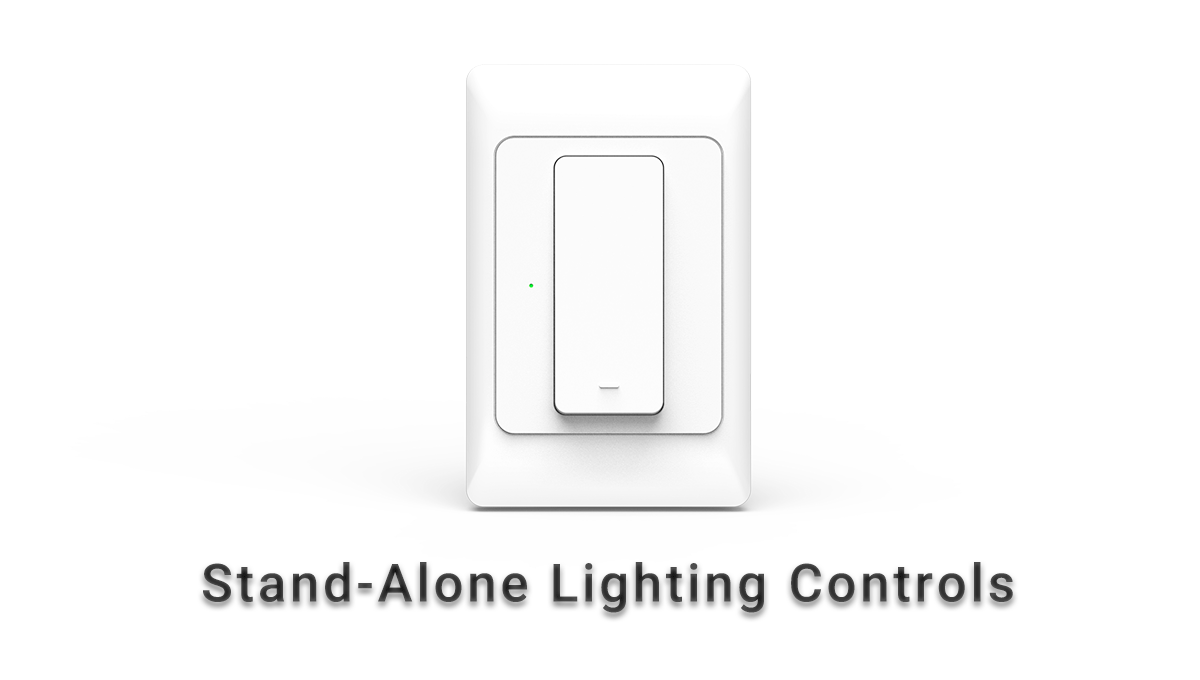
Centralized lighting
Centralized lighting control systems comprise a network of dimmer switches, control devices, and control panels. This type of system provides a higher level of control than stand-alone switches and enables various ways of grouping multiple lights. Centralized lighting control also offers the user greater flexibility in scheduling and programming dimming levels for specific times and dayparting.
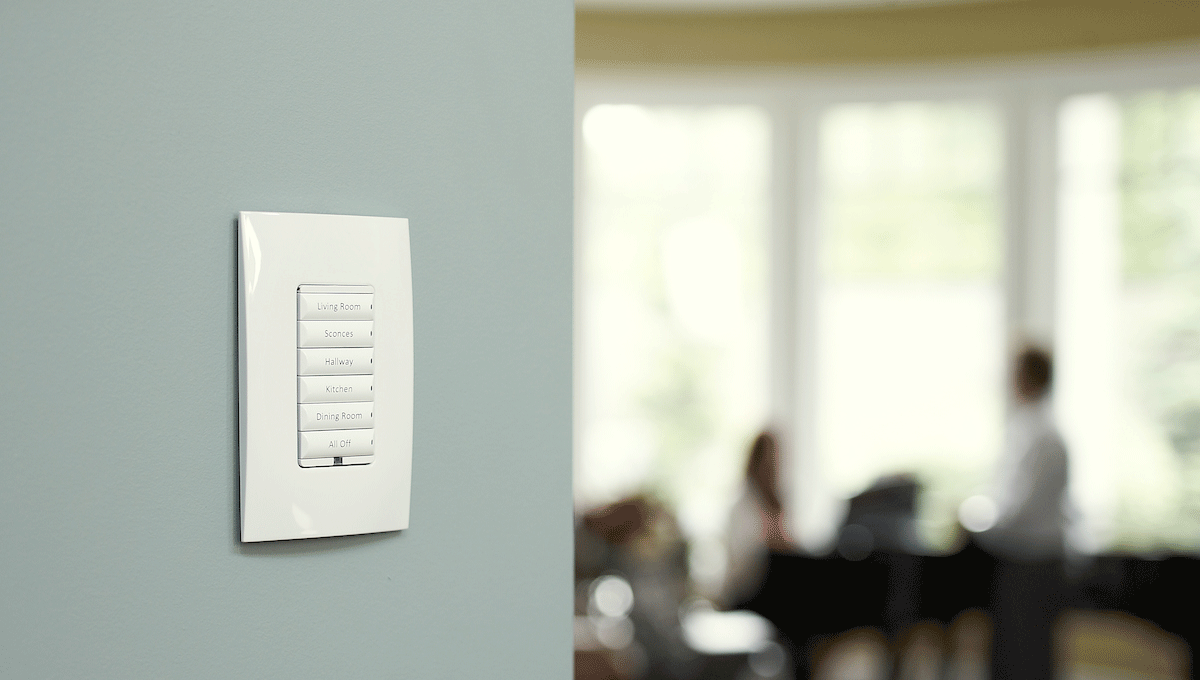
Dimming systems
Dimming systems provide tight control over the brightness of the lights through their use of dimmers. A dimmer allows for fine adjustments to the intensity of the lights, allowing for more precise control over lighting conditions in a room. Dimming systems are available in various forms, from small but effective mechanical dimmers to larger and more complex digital dimmers.
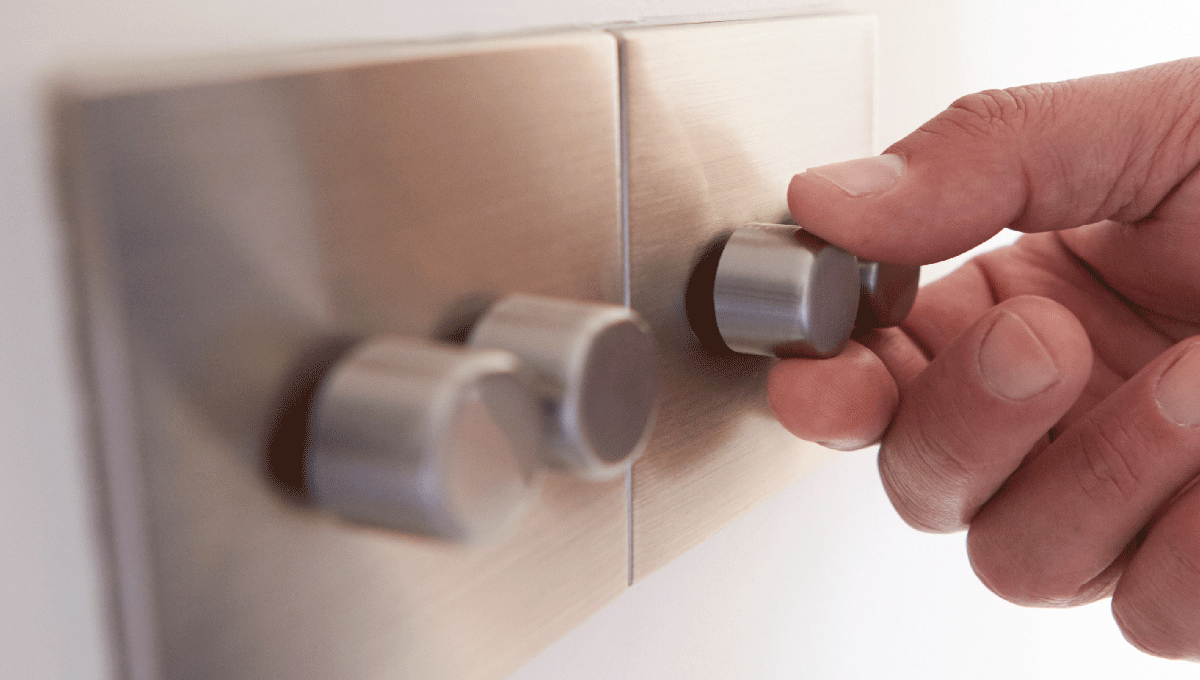
Wireless lighting control
Wireless lighting controls offer an even greater level of control and flexibility. They facilitate control and monitoring remotely using an app on a mobile device. Wireless controls are a popular option for home automation systems, especially given their ease of installation and low maintenance requirements. Wireless lighting controls can be multi-zone, allowing one system to control multiple lights and dimmers.
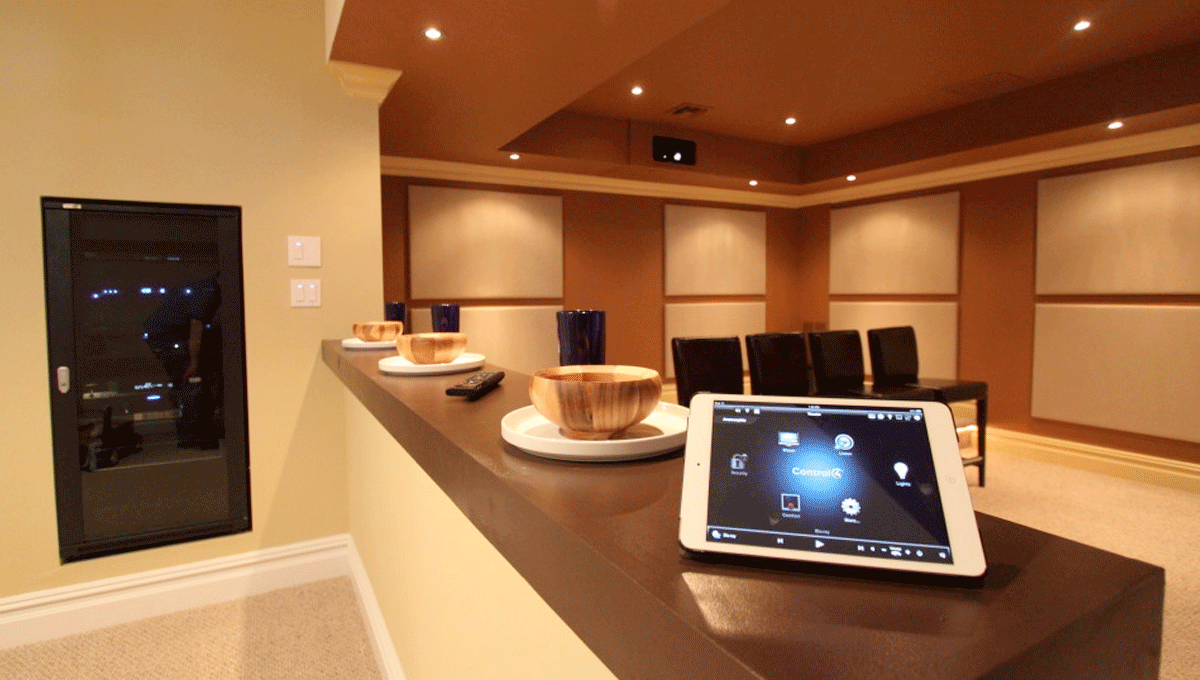
The most crucial benefit of lighting control systems
Lighting control systems provide a wide array of advantages, the most important of which is enhancing the quality of the ambient light. Modern lighting control systems have become an invaluable addition to residential and commercial properties through their ability to save energy, provide convenience, and ensure safety.
Other benefits of lighting control systems
Lighting control systems have many benefits when utilized in a commercial or residential setting. The primary purpose of these systems is to ensure energy efficiency, which can help to save money, reduce emissions, and improve the overall comfort of a space. Additionally, they can be used to control the ambiance of a room, offer convenience and safety, and have automation capabilities.
Energy efficiency
Energy efficiency is the crux of lighting control systems. LEDs consume far less energy than traditional fixtures, and when used with occupancy sensors and dimmers, an even more significant amount of energy can be saved. Motion sensors detect the presence of a person and turn the lights on and off accordingly, in addition to reducing the intensity of the lights when nobody is in the area.
What can lighting control systems do?
Lighting control systems can also create an ambiance in each space. Dimmable lighting can be easily adjusted for different times of the day and the warmth and brightness of the room. Additionally, specific systems have various programs and effects that can create a more inviting atmosphere. Features like multicolor LED strips allow users to customize their lighting to best suit their needs.
conclusion
In conclusion, lighting control systems offer numerous benefits that make them worth the investment. They can help save energy and money, create an inviting ambiance, provide convenience, and improve safety. With the wide variety of automated options, users can enjoy better lighting control while reducing their energy consumption.
Furthermore, controlled lighting can provide additional safety in space. Some systems are designed to detect sudden changes in lighting, such as when someone interacts with the lights manually or enters the space, and it automatically sends an alert to notify other users of the change.
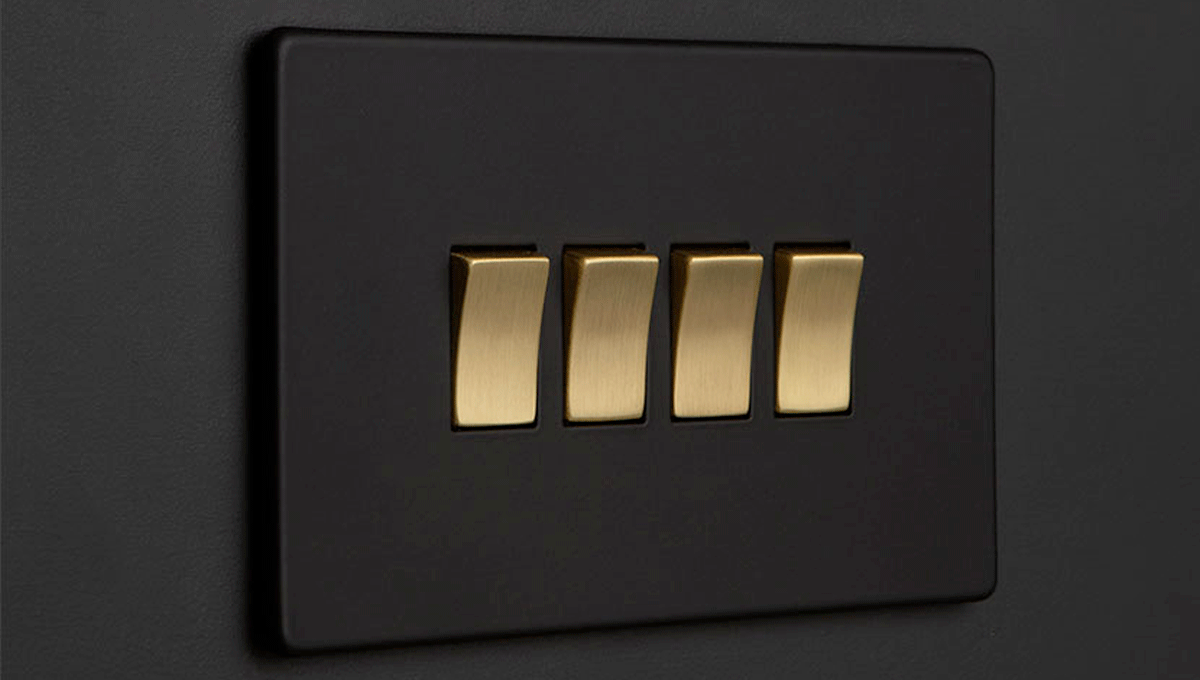


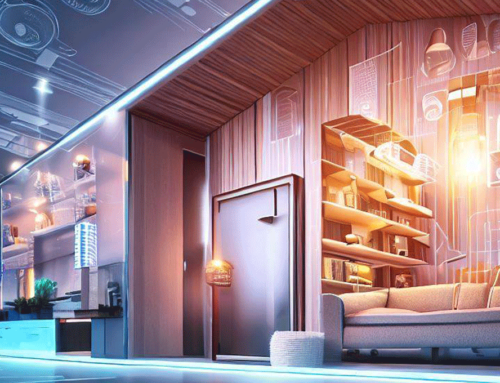
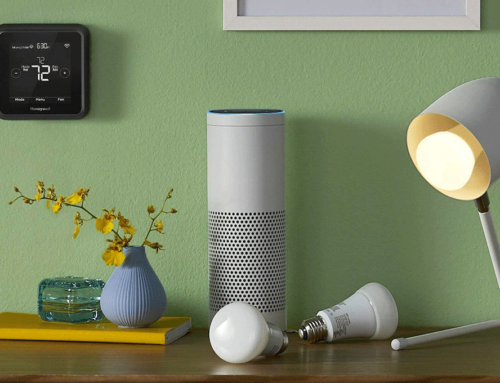
Leave A Comment